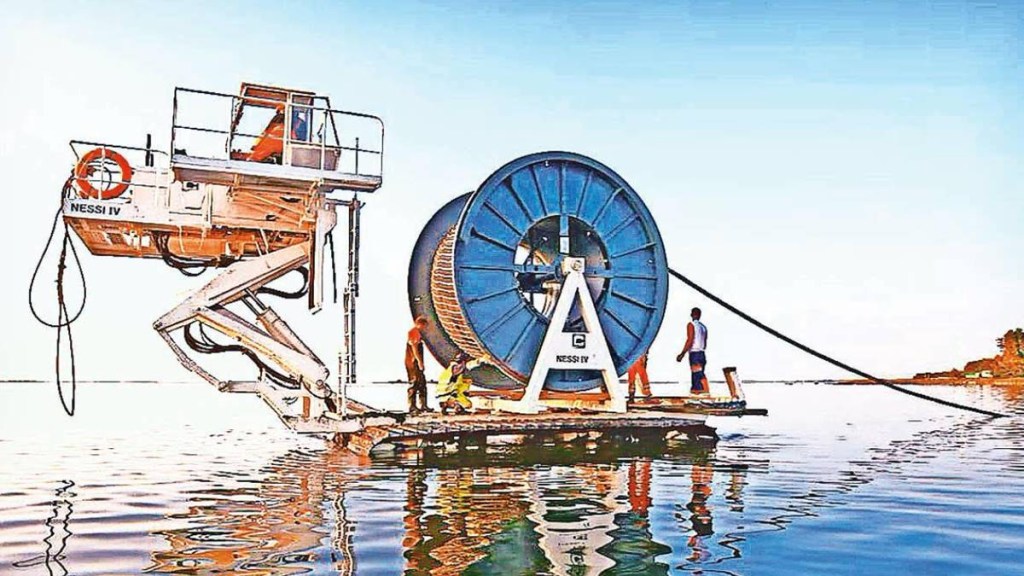Massive growth in connectivity demand in India – driven by the widespread adoption of smartphones and affordable data rates – has led to increased capacity requirements, and construction of undersea cables is growing to meet this demand. At present, India is connected by 18 international undersea cable systems that land at 14 distinct stations across five major cities. These systems collectively provide a capacity of about 138.55 terabits per second (Tbps), with approximately 111.11 Tbps actively utilised.
The future scenario of undersea optic cables – the unseen backbone of the global internet – looks promising with upcoming projects such as the 2Africa Pearls cable and the India-Europe Express (IEX). These projects are expected to significantly enhance capacity. Moreover, with projects from Google, Meta, Amazon, and others, gaining momentum, collectively, these initiatives could potentially turbocharge India’s current internet capacity over the short to long term.
“The ongoing developments in undersea cables will have profound implications for both organisations and consumers by improving service quality across critical applications, including education, healthcare, commerce, ecommerce, financial transactions and government services, amongst others,” said Prabhu Ram, VP – Industry Research Group, CyberMedia Research.
According to Brian Lavallée, senior director, Market & Competitive Intelligence, Ciena, a leading player in submarine cable upgrade market, the digital economy is sans borders and the intercontinental network of submarine telecom cables will only see a massive surge in the future to address the insatiable global demand for undersea bandwidth. To put things in perspective, submarine cable networks carry over 99% of all intercontinental communications traffic, he added.
The growth in the digital economy is fuelled and facilitated by a robust submarine cable infrastructure that connects India to key regions such as Southeast Asia, Europe, and the Middle East, amongst others. India’s geographic position at the crossroads of Europe, Africa, and Asia makes it a critical hub for new submarine cable routes, enhancing its strategic importance in global telecom infrastructure.
There are several factors driving the demand for submarine cable systems, according to Harsha Ram, head of Network Business, Sify Technologies. India’s internet user base exceeds 850 million, with increasing consumption of high-definition video streaming, cloud services, and digital commerce, which requires large bandwidth and low latency. Being a major outsourcing hub and global IT service provider, India depends on reliable and high-capacity international connectivity. The rollout of 5G networks, AI, IoT, and edge computing requires robust international data exchange infrastructure. Also, the growth of hyperscale data centres and increased cloud adoption by enterprises are key contributors to the demand for high-capacity international cables, he added.
New subsea cable projects, such as those by Google and Meta, have brought about a shift in the way data centre players think, in understanding that now data can be domiciled in India. “Submarine cables enable Indian firms, especially IT, fintech, and outsourcing sectors, to connect seamlessly with clients and operations worldwide with minimal latency. Direct, high-capacity links also result in lower latency and faster internet services for end-users,” Sify’s Ram explained.
According to Gaurav Babbar, vice-president – Edge Hyperscalers & Networks, CtrlS Datacenters, India is experiencing a significant increase in data demand, which is driving rapid growth in the market for high-speed global connectivity. As a result, many enterprises are moving their datacentres to local locations to enhance data sovereignty and security. “Major hyperscalers are investing billions of dollars to establish global submarine fibre cables in India, highlighting the importance of this market expansion,” he added.

